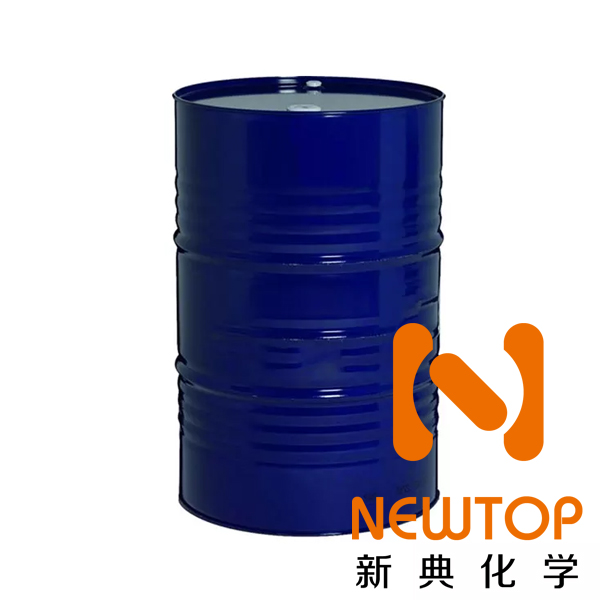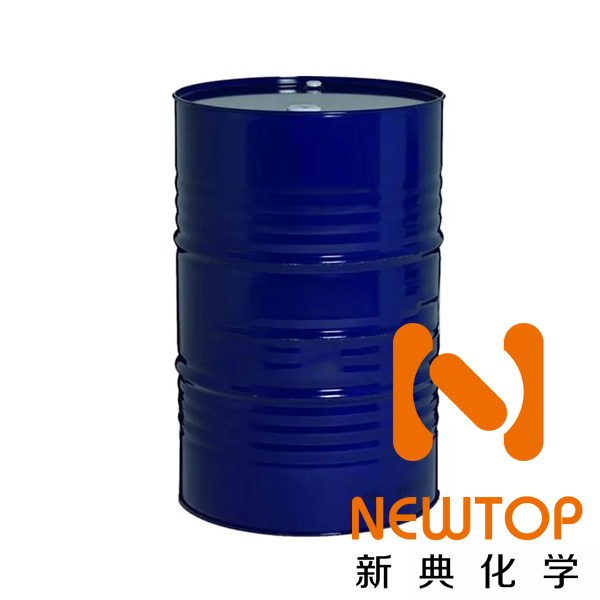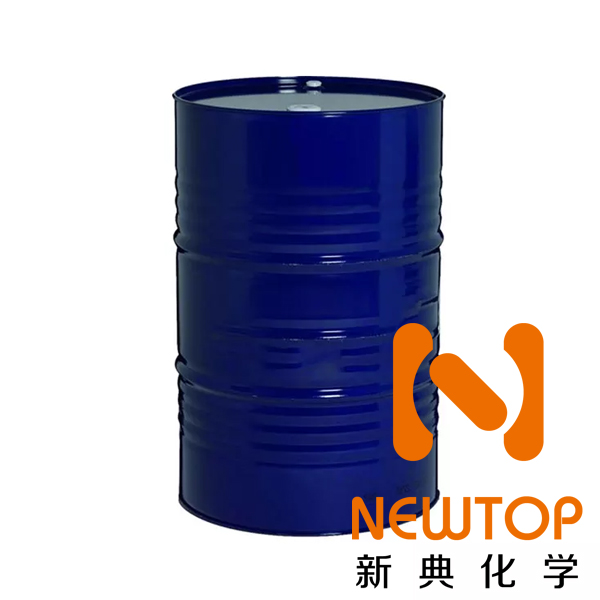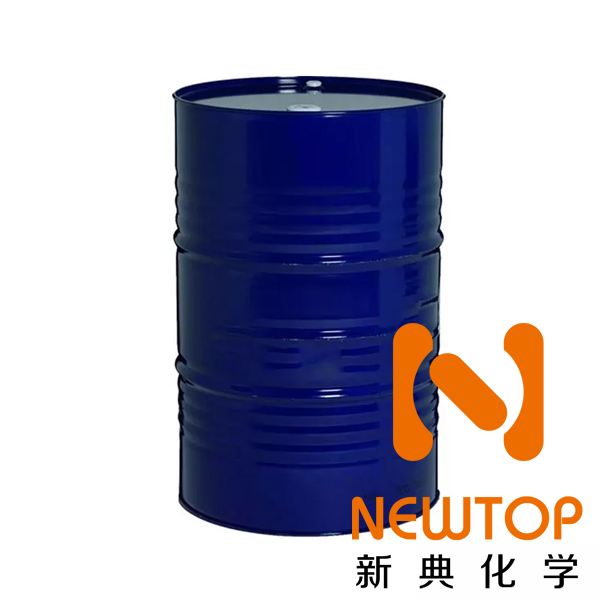As an important polymer material, silicone-modified polyurethane resins can significantly improve a variety of properties during the modification process to meet the needs of applications in different fields. Specifically, silicone-modified polyurethane resins can enhance the following properties:
Weathering resistance: Polyurethane resins modified with silicone can better resist the effects of environmental factors such as sunlight, rain, temperature changes, etc. on their performance and extend their service life.
High temperature resistance: The modified resin can maintain stable performance under high temperature environment, and is not easy to be deformed or decomposed.
Chemical resistance: Enhanced resistance to various chemical substances, reducing performance degradation caused by chemical corrosion.
Hydrolysis stability: the modified polyurethane resin is less prone to hydrolysis reaction under water environment, maintaining the stability of its performance.
Mechanical properties: The modification can improve the mechanical properties of polyurethane resin, such as toughness, strength and wear resistance, making it more adaptable to a variety of complex working environments.
In addition, silicone-modified polyurethane resins have good adhesion, which enhances bonding with primers or other coatings. In some specific applications, the modified resins may also have low surface properties, which is particularly useful in some antifouling coatings.
In summary, silicone-modified polyurethane resins can significantly enhance a wide range of properties, thereby broadening the scope of their applications in automotive, construction, coatings and other fields. However, it should also be noted that compatibility problems may arise during the modification process, which need to be solved by appropriate modification methods and technical means.
Recommended Related Reading:
Efficient reaction type equilibrium catalyst/Reactive equilibrium catalyst
Dabco amine catalyst/Low density sponge catalyst
TEDA-L33B/DABCO POLYCAT/Gel catalyst
NT CAT PC-41
NT CAT ZF-10
NT CAT K-15
Morpholine
3-morpholinopropylamine
Toyocat DMCH Hard bubble catalyst for tertiary amine Tosoh
TEDA-A20 polyurethane tertiary amine catalyst Tosoh






